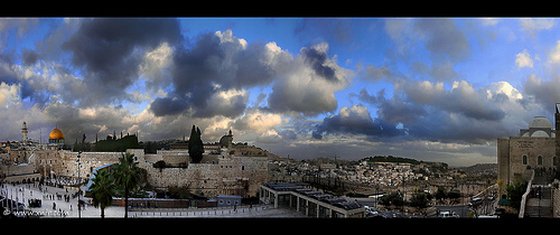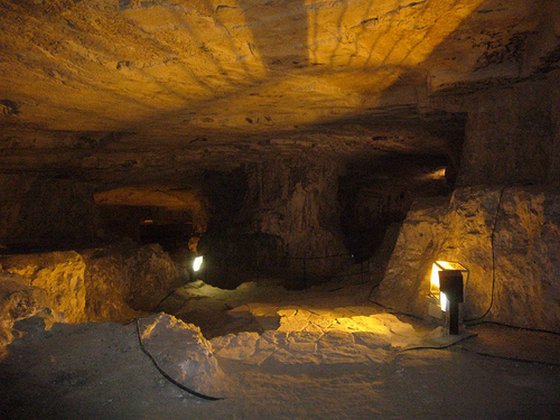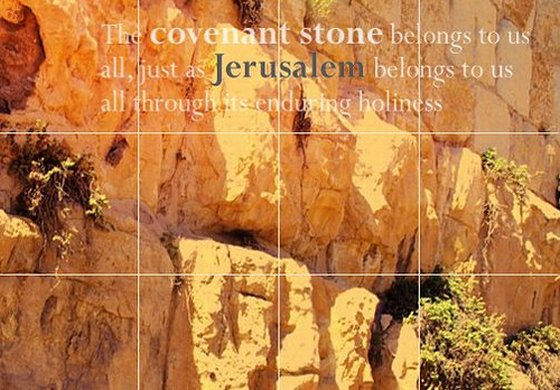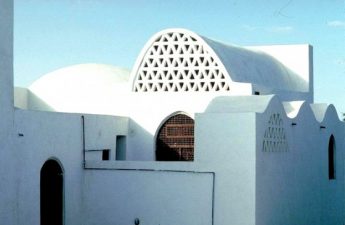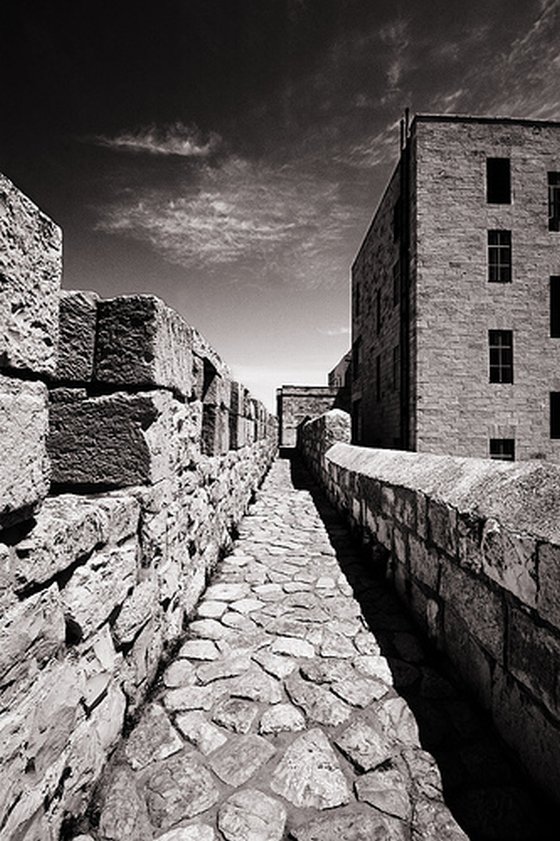 The demand for Jerusalem stone comes with a social and environmental cost
The demand for Jerusalem stone comes with a social and environmental cost
We have applauded Jerusalem’s living building, and we have drooled over delicious vegan dishes offered by Eucalyptus Restaurant in the Khutzot HaYotzer artist’s quarter. But nothing defines the city’s visual character more definitively than the prolific presence of Jerusalem stone.
Used since ancient times, Jerusalem stone refers to one of several types of limestone or dolomite embedded in the highlands surrounding the city. Meleke, a slang word coined by stonemasons who did the backbreaking work of cutting and polishing stone for Kings and Queens, is translated loosely to mean “royal stone.” This is the glittering diamond of stone because it is malleable when first extracted, and therefore easy to manipulate, but once exposed to the elements, the chewy mass hardens into a sturdy building material.
There is some speculation that an ancient quarry discovered near the Old City’s Damascus Gate was the source of stone used to build Solomon’s First Temple, though both the history and science surrounding the claim are questionable. The Church of the Holy Sepulchre was built on the site of another meleke quarry, and the Western Wall is comprised in part of the same material. Other Jewish sites around the world, such as the Miami Beach Holocaust Memorial and the Ades Synagogue in Aleppo, Syria, incorporate Jerusalem stone in their building projects in order to invoke the special sentiment present in the Holy City.
In the early 1920s, determined to preserve the city’s character, Britain’s Military Governor Ronald Storrs wrote into law that all new construction should incorporate Jerusalem stone. While certain buildings were advanced in a rush to accommodate population influx, without any limestone, most new buildings brandish the coveted stone on their facades. That law has since proved impractical given the stone’s finite availability, so the municipality has had no choice but to relegate Jerusalem stone to a cosmetic, non-functional role.
These days, almost all of the stone used to uphold this law is harvested in Palestinian territories. Beit Fajjar used to enjoy a thriving industry with at least 150 stone outlets operating before the intifada. Although by no means an environmentally or human friendly industry, it did provide a valuable source of income for locals. Now approximately10 stone businesses in Beit Fajjar run full time, while 50 others only open to fill specific orders, since transporting the stone has become difficult and prices are unsustainably low. The United Nations Relief and Works Agency gives assistance to those Palestinians who used to rely on quarrying for their income.
There are also environmental drawbacks to limestone quarrying. The department of geography and environmental studies at the University of Haifa describes the following hazards: “original ecosystems are removed”, “topography is altered”, “ecological relations are irreversibly damaged”, and “biodiversity is greatly reduced.” Nonetheless, certain areas in Israel have been marked for conservation and the future of former quarries is being decided. Not only are we running out of what makes Jerusalem so unique, but we have to acknowledge the environmental and social price paid to provide it.
More on Building Materials and Techniques:
Hassan Fathy is The Middle East’s Father of Sustainable Architecture
England Authorities Look to Mediterranean White Buildings To Help Keep Cool
The Best Way to Keep Buildings Green is Not to Build New Ones

